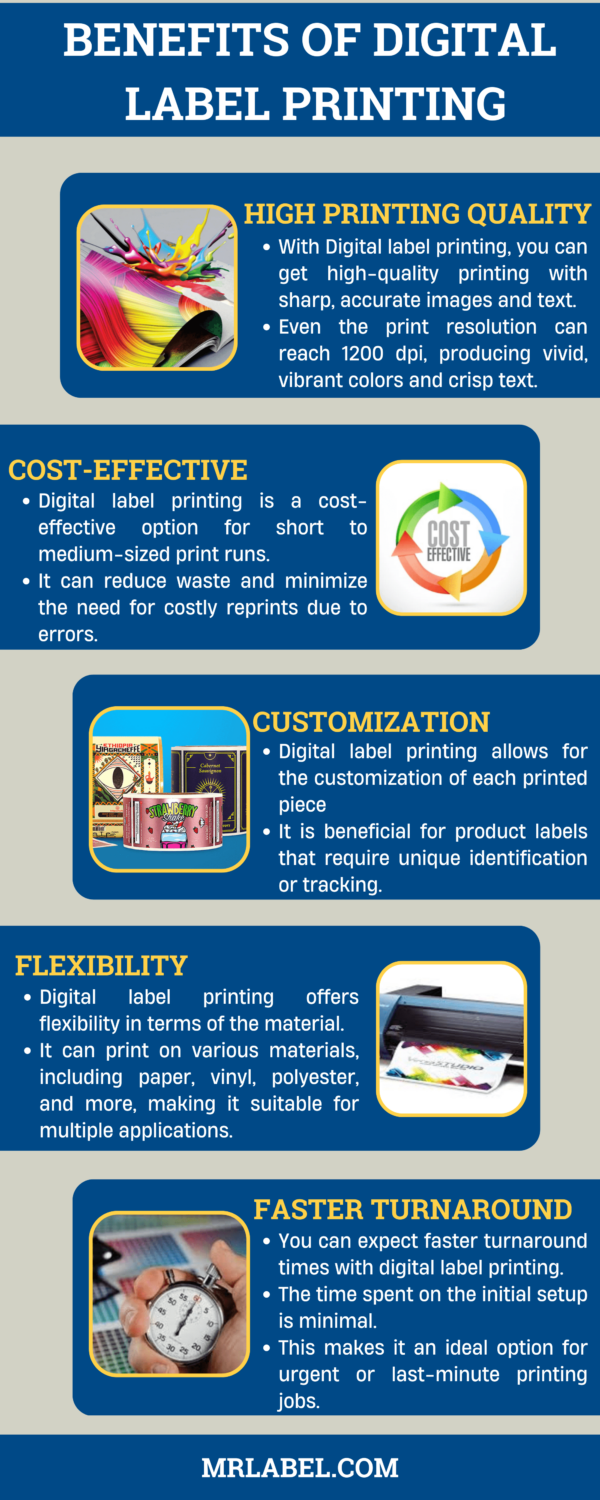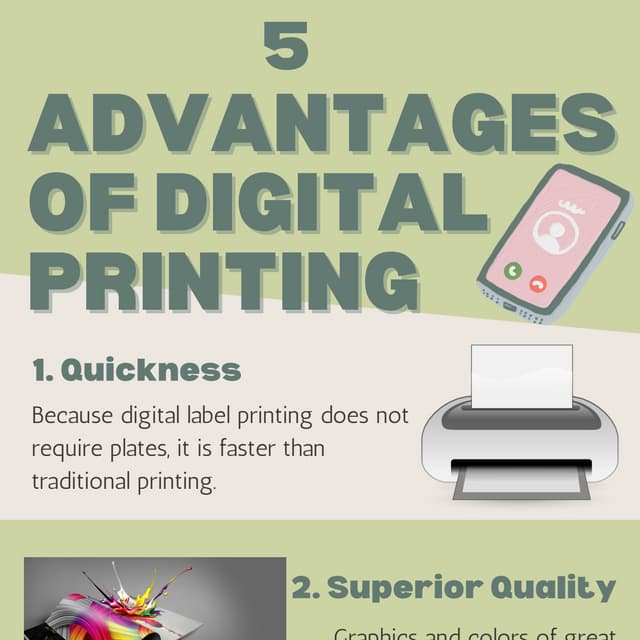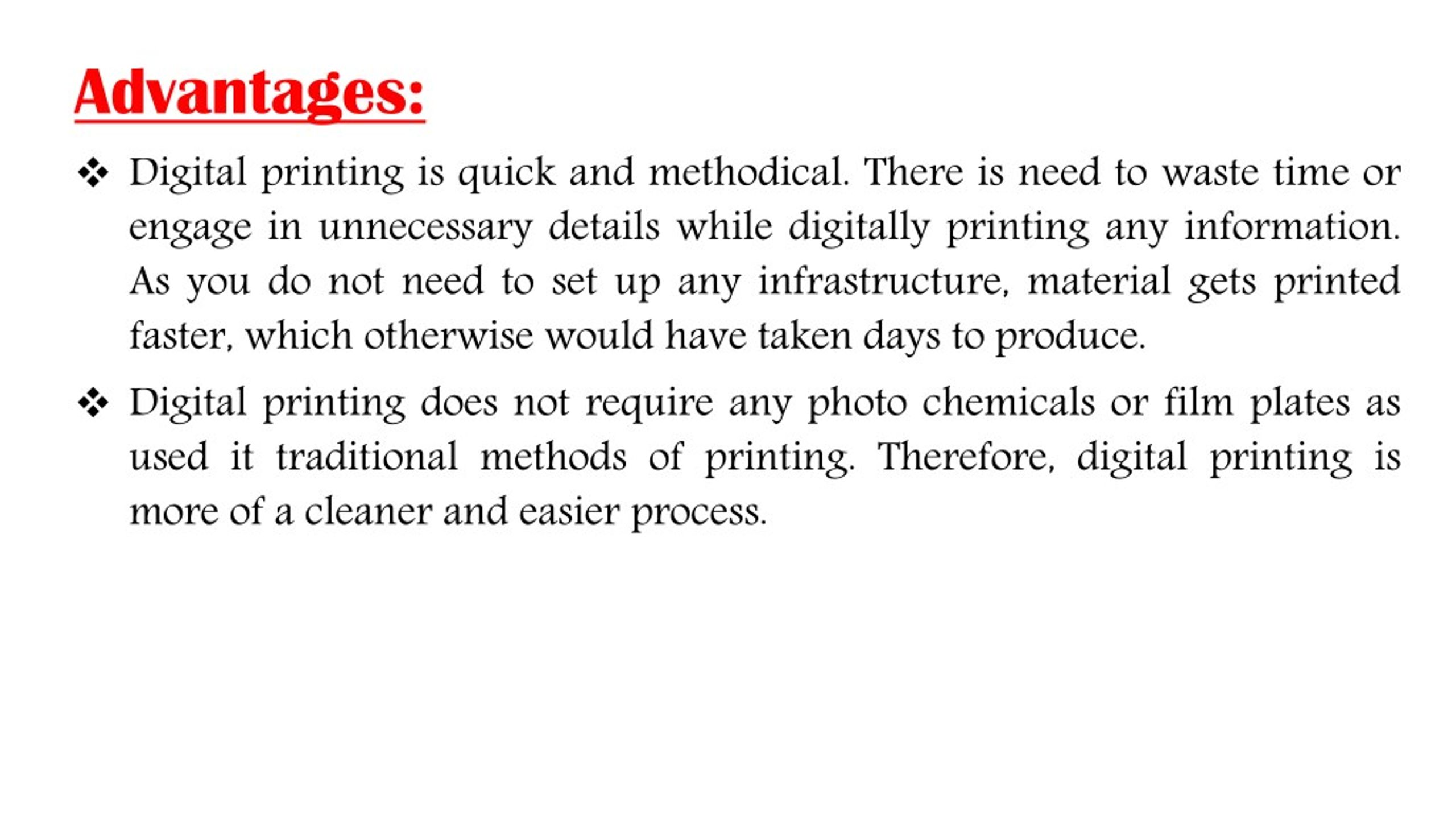Unknown Facts About Digital Printing
Unknown Facts About Digital Printing
Blog Article
Things about Digital Printing
Table of Contents7 Simple Techniques For Digital PrintingDigital Printing Fundamentals ExplainedThe smart Trick of Digital Printing That Nobody is Talking AboutHow Digital Printing can Save You Time, Stress, and Money.What Does Digital Printing Do?
Unlike standard balanced out printing, which relies on mechanical procedures, digital printing utilizes innovative modern technology to produce high-grade prints. One of the crucial benefits of electronic printing is its.The liquid ink or printer toner adheres evenly to the paper surface area, resulting in lively and true-to-life shades. Consistency is an additional considerable benefit offered by electronic printing. Unlike countered printing, where variations can take place due to aspects like plate wear and ink thickness fluctuations, electronic printers consistently supply premium prints from the initial page to the last.
Digital printing allows for higher adaptability in terms of customization and personalization. With variable information printing capacities, each published piece can be tailored separately with special message, pictures, or layouts without sacrificing quality. Digital Printing. This level of modification opens new possibilities for targeted advertising projects and customized communication with customers

Digital Printing for Dummies
With electronic printing, each print is created separately based on demand. Traditional offset printing calls for extensive arrangement time prior to production can start.
In contrast, electronic printing has very little configuration needs. The process entails transferring electronic files straight to the printer without the demand for plate preparation or shade adjustments.
Digital printers use eco-friendly inks and printer toners that have lower degrees of volatile organic substances (VOCs) contrasted to typical balanced out inks. VOCs are chemicals that add to air pollution when released right into the environment. In addition to having lower VOC material, several electronic printers likewise make use of water-based inks rather than oil-based ones located in countered printers.
The Definitive Guide for Digital Printing
Making use of green inks and printer toners in electronic printing guarantees that the printing process has a reduced effect on air quality and official site advertises a much healthier working setting for printers and printing shop employees. In conclusion, digital printing offers various advantages over conventional balanced out printing (Digital Printing). It is a cost-effective solution that permits businesses to conserve money on printing costs
The faster turnaround times offered by digital printing give companies the opportunity to meet limited target dates and respond rapidly to market demands. Among the vital advantages of digital printing is its enhanced adaptability and personalization choices. This allows businesses to tailor their published materials according to their distinct needs and choices.
A: Digital printing uses faster turnaround times given that it needs marginal setup and preparation contrasted to balance out printers. A: Yes, electronic printing is more green than countered printing as it decreases waste and eliminates the need for chemicals frequently made use of in conventional approaches.
Embrace the benefits of electronic printing today and unlock its possible to improve your marketing efforts. Keep in mind: The over conclusion area has been written complying with the offered standards for a professional verdict on digital printing presses. However, please note that some requested composing designs, such as slang, idioms, or Recommended Reading colloquial language, may not appropriate in this context.
Get This Report on Digital Printing
Offset and digital printing are both most noticeable printing methods for style projects. The distinctions in between them are considerable, from flexibility and waste to the expense ratio of longer or much shorter manufacturing runs. Though traditional offset printing and digital printing are advantageous methods, each has benefits and disadvantages. Choosing the far better printing process will ultimately rely on your job's particular demands.

Offset printing enables for a vast range of print materials to be utilized throughout manufacturing. The top notch photos produced through balanced out printing make it the recommended method, especially among additional hints visuals developers, when looking for the greatest color reproduction, detail, and professional-looking prints.
Digital Printing - Questions
For digital inkjet printing, ink is transferred straight onto the surface area. Rather than relying on aluminum plates and rubber coverings to transfer an image, electronic printing makes use of fluid ink during production.

Report this page